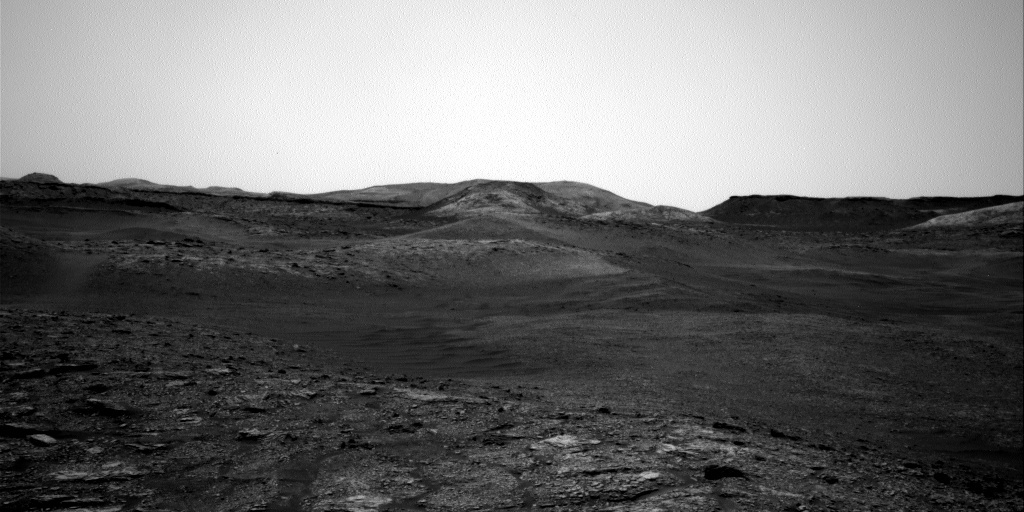2 min read

Our SAM TMAH experiment was successful! For those who don’t speak fluent rover team alphabet soup, as we described the other day, the SAM TMAH experiment is a long-awaited measurement by the Sample Analysis at Mars (SAM) instrument, which uses a special chemical called tetramethylammonium hydroxide (TMAH*) to help identify organic (carbon-bearing) molecules in the sample. SAM only has two containers of TMAH, so we wanted to be very sure that this was the right place to use one of them before running the experiment. The team is now eagerly awaiting results which will take us several months to fully interpret.
Meanwhile, rover operations continue with a busy weekend plan! ChemCam will do an atmospheric observation as the Trace Gas Orbiter flies overhead, followed by a long-distance image mosaic of a target called “Housedon Hill.” Navcam will then look toward the crater rim to measure the amount of dust in the atmosphere and will look for dust devils. Mastcam also has a dust-measuring observation of the sun.
On Sol 2881 SAM will clean out its gas chromatograph (GC) column (the tiny tube through which gases are passed to separate them based on their chemistry), and then on Sol 2882 we have a recurring set of Navcam and Mastcam observations of the target “Le Ceasnachadh” (I wish we had an abbreviation for that name!) at different times of day. These repeated observations allow us to better understand the “photometry” or light-scattering behavior of the rocks.
On Sol 2882 Mastcam will also observe the target “Upper Ollach” and the Mary Anning drill tailings to look for any changes, and will do a multispectral observation of the photometry target “Le Ceasnachadh”. ChemCam will also observe that target using passive spectroscopy (no laser, just reflected light).
We’ll wrap up with some early morning atmospheric observations on Sol 2883, measuring dust with Navcam and Mastcam and watching for clouds with Navcam.
*If you think tetramethylammonium hydroxide (TMAH) is a mouthful, another chemical that SAM carries is called N-methyl-N-(tert-butyldimethylsilyl)trifluoroacetamide! We call it MTBSTFA for short.
Written by Ryan Anderson, Planetary Geologist at USGS Astrogeology Science Center







